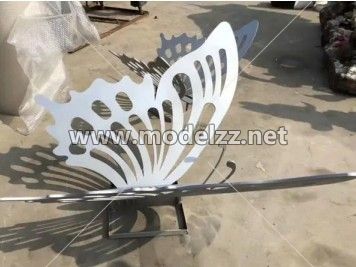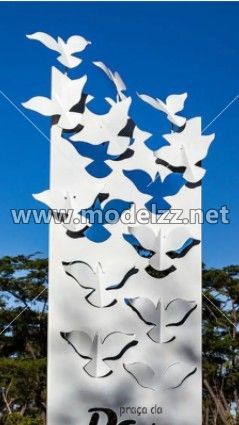There are many techniques for cutting and shaping metal materials for metal sculptures, but more and more manufacturers are turning to laser cutting for sheet metal fabrication. This advanced technology allows for precise cuts and repeatability at rapid speeds, helping reduce costs and increase production. When determining if laser cutting is right for your metal fabrication project, it’s important to understand its many benefits. The right cutting technique for any given project will depend upon the type of material, the complexity of the design, the environmental conditions the end product will face, your budget, and more. The advantages of laser cutting sheet metal make it an ideal choice for many projects.

Laser cutters create clean edges without making contact with the metal. Because the heat zone is so small, there’s no burning and minimal warping. This allows for extreme, repeatable precision with tight tolerances even for complex projects. Laser cutters are CNC automated. This not only means the cuts are more precise than they would be with a manual process, but it also means the process can continue day and night for shorter lead times. Laser cutting sheet metal is a fast process, with the final speed dependent upon the thickness of the material and the complexity of the cuts. In some cases, multiple lasers may be used together to increase speed and efficiency. Cuts, holes, slots, tabs—laser cutting can do it all without interruption, making even the most delicate designs easy to fabricate Metal Animal Sculptures and so on. Laser cutting metal sculptures fabrication is used to create components of all sizes and order volumes, including prototypes and ongoing industrial orders.

The automated nature of laser cutting reduces labor costs, material waste, and the risk of error. The speed and precision allow for short lead times, further improving your bottom line. Laser cutting is competitively priced with other fabrication techniques, especially when you consider the time savings and other advantages of the process.

